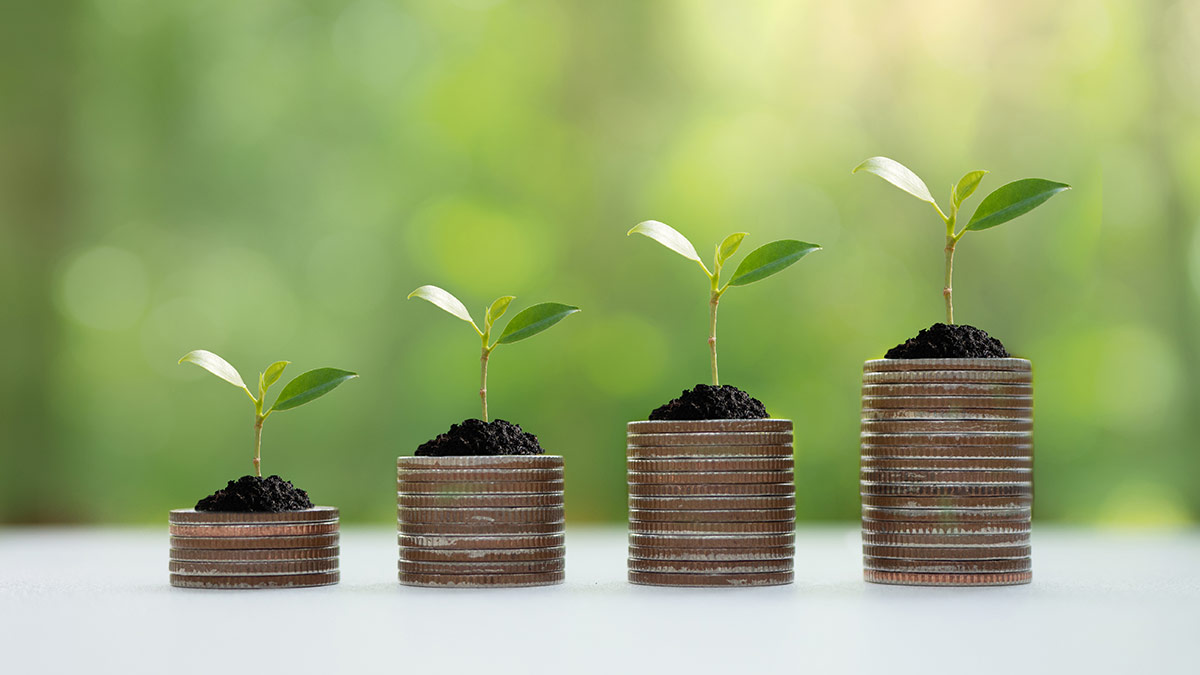5 Great Money Ideas

Here are 5 great money tips to help you get ahead or move into a better financial position.
- Make savings automatic. Take steps to make your savings happen automatically. Setting up automatic transfers for a certain day of the month or payday can help you shore up regular savings before the money gets spent elsewhere. Fortunately, most banks make it easy to set up automatic transfers for a day that works for you.
- Pay down debt. Data from the Federal Reserve shows the average interest rate on credit card accounts was 22.16% in May 2023. At that rate, paying down $10,000 in debt with a monthly payment of $200 would take 134 months and cost $16,654 in interest alone. If you have high interest debt, consider paying it down as fast as you can.
- Upgrade your savings accounts. While interest rates on loans and other debt are sky high, higher rates give you the chance to earn more on your savings. In fact, many of the best certificates of deposit (CDs) and high-yield savings accounts are offering yields of more than 5.00% right now with reasonable minimum balance requirements. But read the fine print – there may be hidden fees lurking at some banks.
- Boost retirement contributions. Take advantage of time and compound interest right now by increasing your contributions to a 401(k), traditional IRA or a Roth IRA. In 2023 you can contribute up to $22,500 in a 401(k) ($30,000 if 50 or older), and up to $6,500 in an IRA ($7,500 if 50 or older).
- Create and use a monthly budget. Finally, consider writing up a monthly budget or spending plan that ensures each dollar you earn is allocated to a specific goal or category. From there, track your spending throughout the month to see how your actual purchases and bills align with the plan you’ve created. Make tweaks to your budget accordingly and look for opportunities to cut spending in categories you have some control over, like dining and entertainment.
These great money tips can provide a financial boost to you and your family, regardless of the economy’s ups and downs.




